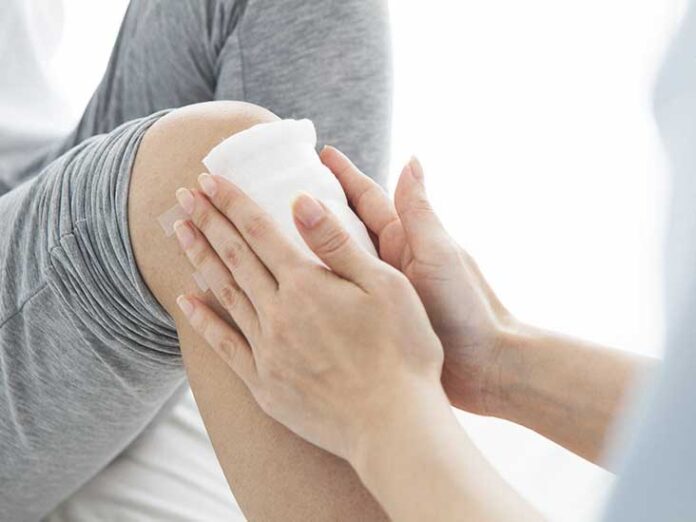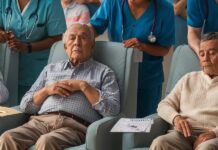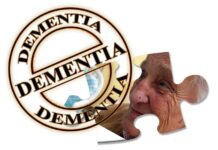Osteoarthritis of the knee is an age-related degeneration of the joint that is very common in elderly above 60 years of age in both male and female. Bodyweight, sedentary lifestyles, injury to knee and the presence of other arthritis are important risks. It causes significant morbidity and limits daily life activities and quality of life is significantly affected. While knee joint replacements are needed in severe cases and there are different knee injections to reduce pain, here are some tips to reduce your visit to the doctor.
Knee pain treatment: Non-pharmacological care
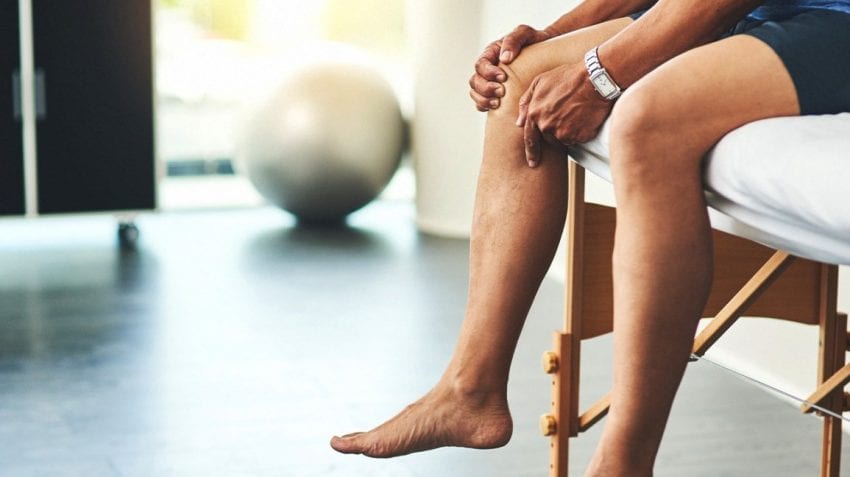
1. Reduction of obesity- Loss of weight decreases load on the knee joints and thereby retards the disease process. Weight reduction is the single most important point in symptomatic OA knee.
2. Quadriceps strengthening exercises- Exercise is very helpful for patients with degenerative arthritis of the knee. Strengthening of quadriceps femoris muscle improves knee pain and performance. Strengthening of hamstring muscles by exercises also helps a lot. Exercises can easily be done at home.
3. Walking with the help of stick- keeps pain on control, stick to be held with the opposite hand of the affected joint, it reduces the load on the joint and is related to reduced pain and improved performance.
4. Deformity stabilization- use of corrective shoes for varus or valgus deformity transfers the load to the opposite compartment and retards the pain. According to experts from www.daradia.com, this also reduces disease progression.
5. Application of heat or cold- Application of either heat or cold or alternate heat and cold application reduces the pain of osteoarthritis of the knee.
6. Acupuncture, TENS and traction are applied at times, though the results are variable and there are not many scientific pieces of evidence in favor of these.
Knee pain treatment: Pharmacological care
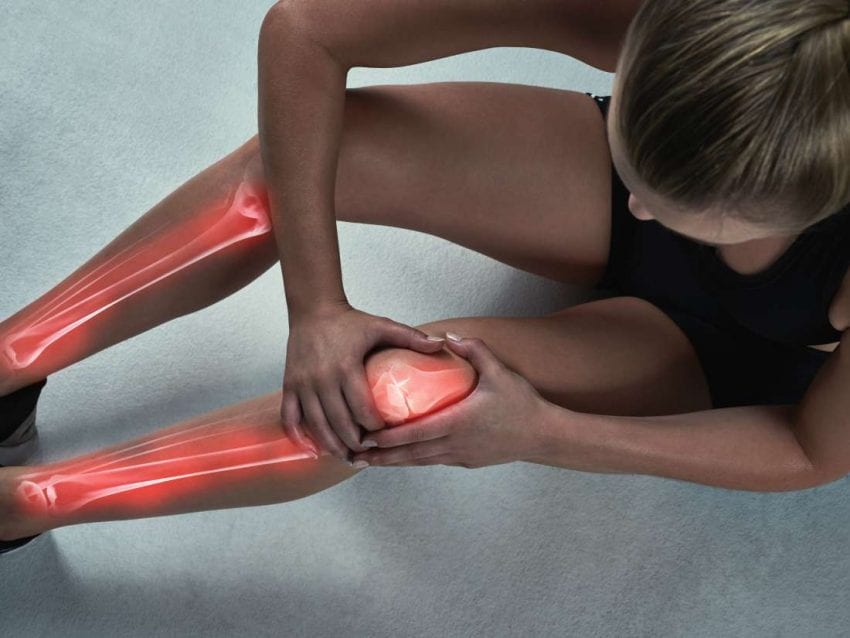
1. Paracetamol /acetaminophen: It is the most common over the counter drug to be used as the initial line of medical care. The dose is 1500 mg/day to a maximum of 4000 mg/day. The most common way to take it as 650 mg or 1 gm tab taken three times a day. Although paracetamol doesn’t have improvement of degeneration property, still it provides sensible pain relief in degenerative arthritis. Additionally, it is very safe and doesn’t have major side effects as seen in other popular pain killer medicines. You can also try and check out Ortho Bracing for more information.
2. In those patients who don’t get adequate relief with oral paracetamol, may take weak opioid-like painkiller with or without Paracetamol. There are combinations of Paracetamol with opioids that ought to be tried and may be used for a prolonged time without much side effects.
3. As the next line of medical care NSAIDs may be tried. Popular pain medicines like Ibuprofen, Diclofenac may be used. But these medicines have lots of side effects including renal failures, gastric bleeding, etc. So, these medicines must be taken with doctors’ prescription and need to be taken for a very short period like 5-7 days.
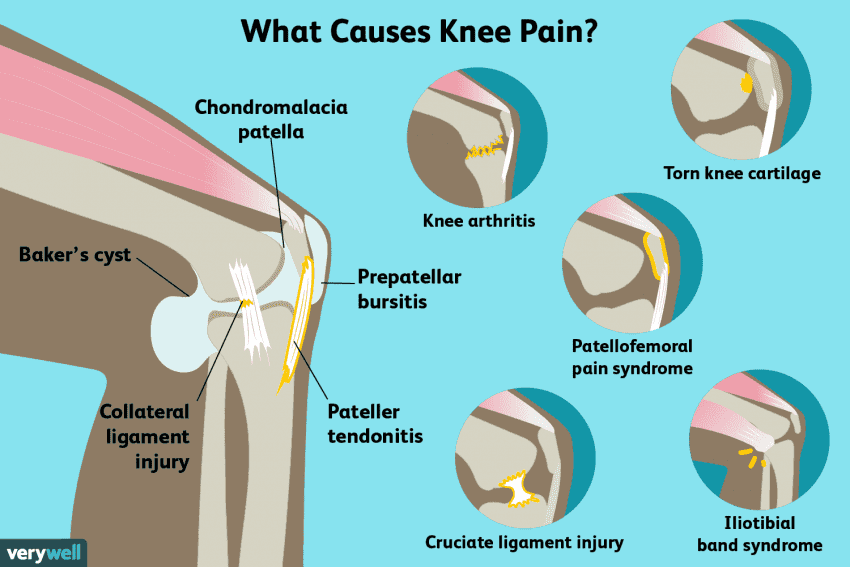
In short, exercises, application of heat and cold and bodyweight reduction is the most important scientific way to reduce the pain of osteoarthritis of the knee. In mild cases, paracetamol can be taken even without a doctor’s prescription. Stronger pain killers should be taken under the supervision of doctors only.
